What can be planted after beans next year
The gardener decides in advance what to plant after the beans next year. Alternating plants is essential for a good harvest.
Garden crops are demanding on the composition of soils and their fertility. Root systems are located in different horizons. The depth of the vegetables depends on the type of root system. Stem consumes nutrients from a depth of 30-50 cm. Fibrous - from 10-15 cm.

Plants of the same family extract the same nutrients from the soil. Pathogenic flora accumulates. The larvae parasitizing the roots of plants overwinter in the soil. Planting one crop in the same place provokes the development of pests.
There are rules for the circulation of crops. They ensure a good harvest.
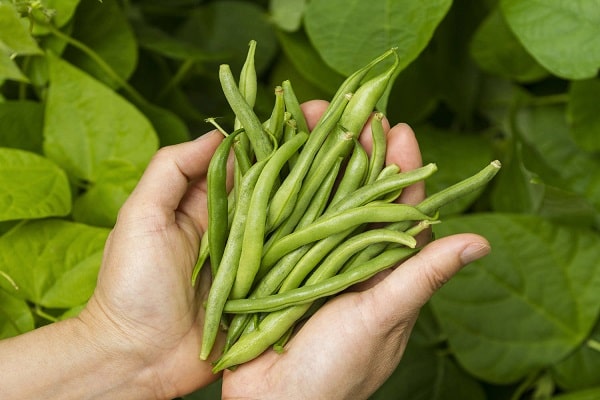
The principle of fruit change beans
Modern gardeners use the land carefully. Gone are the days of thoughtless enthusiasm for mineral fertilizers and herbicides. People want to receive organic vegetables and fruits. Some summer residents are organic farming. It is difficult to get a good harvest without knowledge of the principle of crop circulation.
The principle of fruit change is to prepare the ridge for the successful growth of subsequent crops. Legumes enrich the soil with nitrogen: bubbles with this substance form on their roots during the growing season.

With the decomposition of plant residues, nitrogen enters the soil. The earth becomes loose, nutritious. All plants like this. In the early stages of the growing season, the element is necessary for the formation of green mass for subsequent fruiting.
When placing crops after legumes, it is recommended to consider whether they have common diseases and pests. This is a limitation for landings.
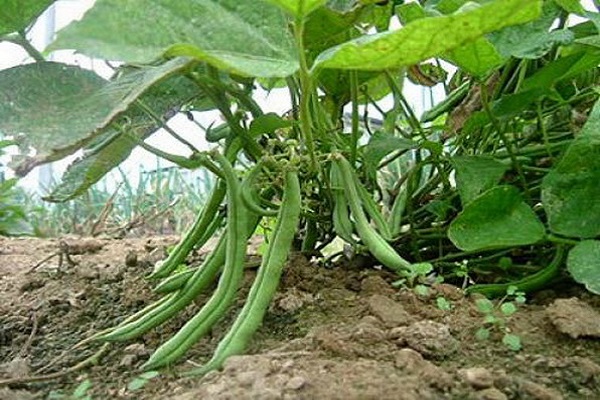
Compatible plants
The principle of compatibility is easy to understand by studying the basics of agricultural technology itself. Knowledge of soil preparation and planting care will allow you to navigate the rules of crop turnover.
What do landings need?
Beans are a soil-demanding plant. For a good harvest, she needs:
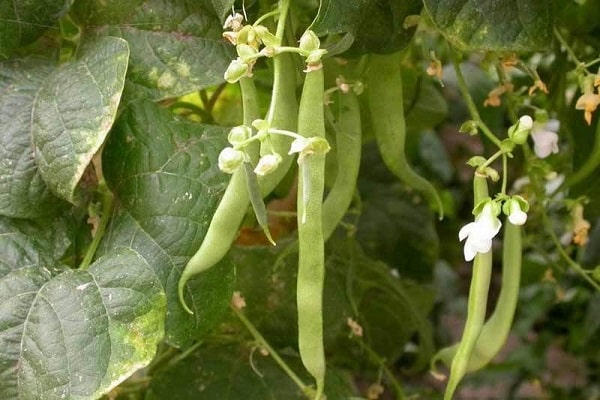
- availability of nutrients;
- sufficient moisture, but not excess water;
- no weeds;
- breathability.
In response to all conditions being met, it returns the nitrogen-rich land. The ridges are loose, harmful plants have disappeared. Digging is not required, you can do with loosening. After legumes, the soil is suitable for almost all crops. Spring fertilization is minimal.
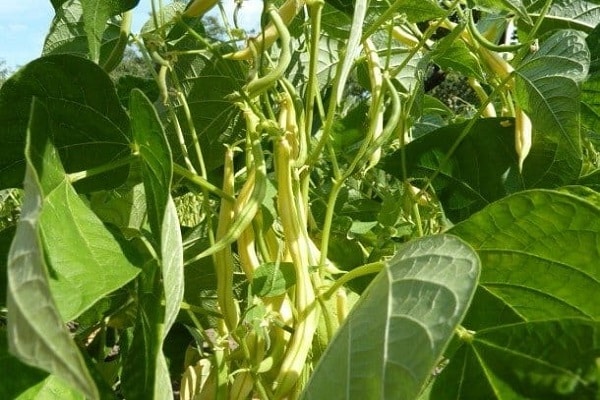
What happens after beans?
Gardeners are interested in whether it is possible to place beans on beans and how often. This culture is susceptible to disease.To prevent rot damage, beans should be planted every year in a new place.
The winter garlic planted on the plot is excellent. But it is recommended to enrich the soil with an autumn mineral complex. Spring - gives large heads, grows green mass faster.

After the beans, it is allowed to plant any crops. The greatest yield is given by nightshades, melons, root crops, cabbage, bulbs. Tomatoes adapt easily to loose, nitrogen-rich soil. Cabbage rolls heads of cabbage 5-7 days faster. Placed gladioli and tulips delight gardeners with large flowers.
Some gardeners oversaturate the ridges with organic fertilizers to get a good harvest. Compost and humus are applied without measure. Result: instead of the desired yield, the plants get sick or accumulate nitrates.

This will not happen with the previous bean placement. The land is fertilized naturally. There is no excess nitrogen. The element present in the soil is in a chelated (easily assimilated by plants) form.
The advantage of prior planting beans: the soil requires a minimum amount of organic fertilizer... The balance of bacteria is maintained. Weeds are destroyed. Land improvement by planting legumes is the basis of organic farming.
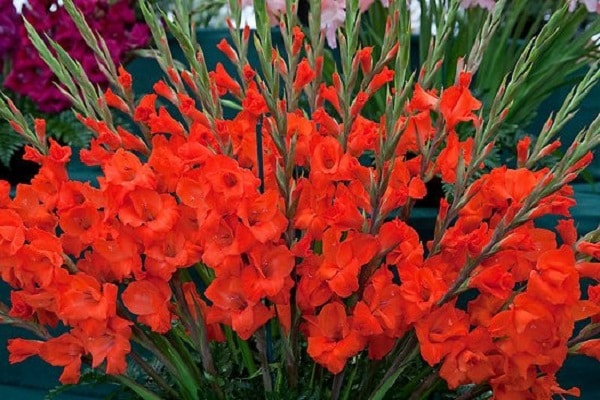
Incompatible plants
After planting legumes, the soil is saturated with nitrogen and rests. The only unwanted precursor for beans is themselves. This is due to the tendency to disease and the accumulation of pathogenic bacteria in the soil.
Cannot be planted next to beans:

- peas, beans, soy;
- onion garlic;
- rutabagas, turnips;
- tomatoes;
- sunflower.
The close proximity of parsley has a negative effect on legumes: the green culture is oppressive.
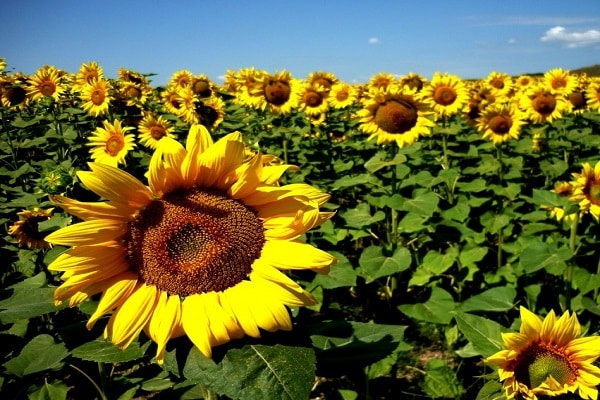
What to plant next?
Friendly plants help you get a bountiful harvest. Vegetables planted next to each other do not oppress each other. Crops protect neighbors from pests and diseases.
The method of combined planting is used by gardeners who have small areas. This allows you to save space and get the required amount of products.
Legumes grow well next to corn. The stalks of the cereal are the support for the legume plant. Preparing the soil for corn assumes no weeds. Beans appreciate this kind of care.
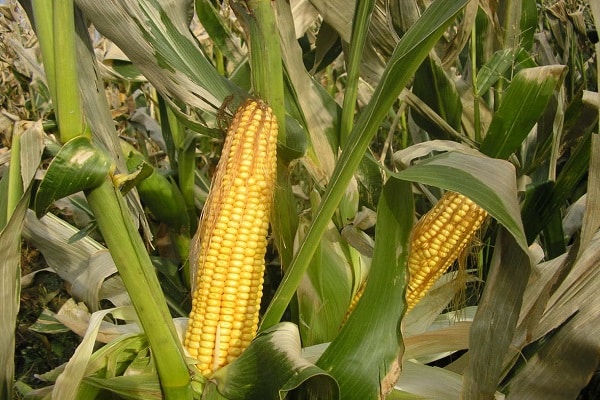
A legume planted along the edge of a cucumber ridge will yield a good harvest. With this placement, it is recommended to monitor soil moisture.
It is good to place bush beans in a cabbage field. It scares off white-breeds and enriches the soil. The gardeners noticed that the taste of the heads of cabbage is improving. More pods are formed.
Often, gardeners plant bean bushes in the aisles of potatoes. Such a neighborhood is beneficial for potatoes: the plant scares off the Colorado potato beetle and saturates the ridges with nitrogen.
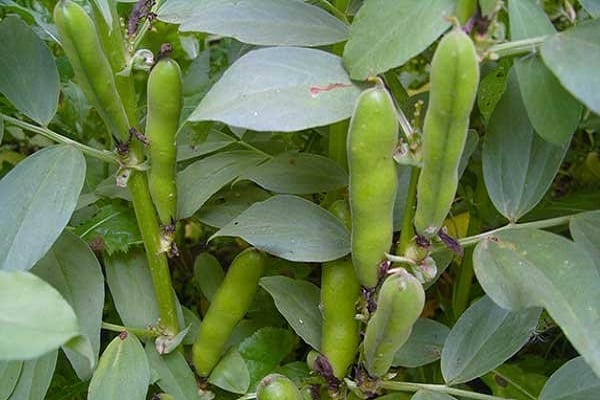
In the row spacing of bush beans, zealous summer residents place radishes. The plant repels the cruciferous flea and improves the taste of the root vegetable. Nice salad among legumes.
The old peasant way of compacting plantings: pumpkin, beans, corn. The triple alliance is beneficial for everyone: beans enrich the soil, pumpkin fights weeds, corn is a support for the stalks.
Plant nutrition is obtained from different horizons. There is no struggle for moisture and light. The soil is wet under the pumpkin leaves. It is not required to loosen the ridges. The crop taste is excellent. Result: the gardener saves energy, time and gets what he wants from nature.
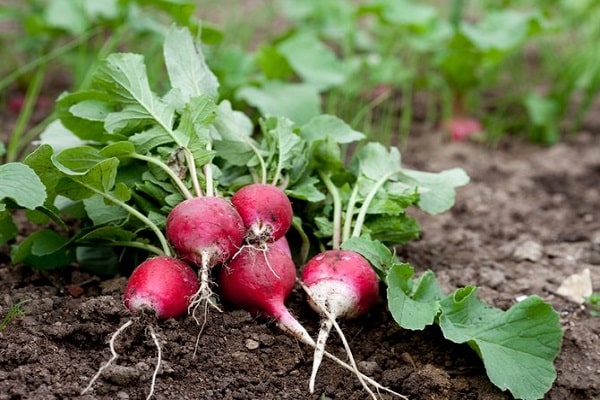
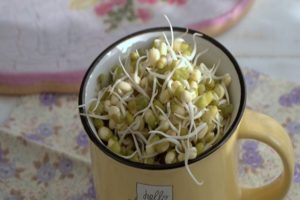
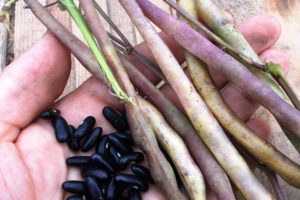


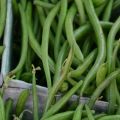


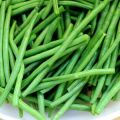
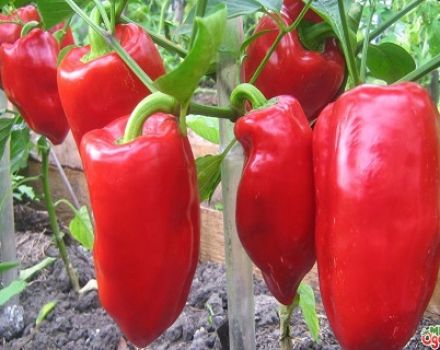

I alternate planting beans with garlic, and I plant both summer varieties and those that are “in winter” (plant in autumn). Do not forget about the remedy BioGrow, and the heads of garlic after the beans grow - a feast for the eyes.